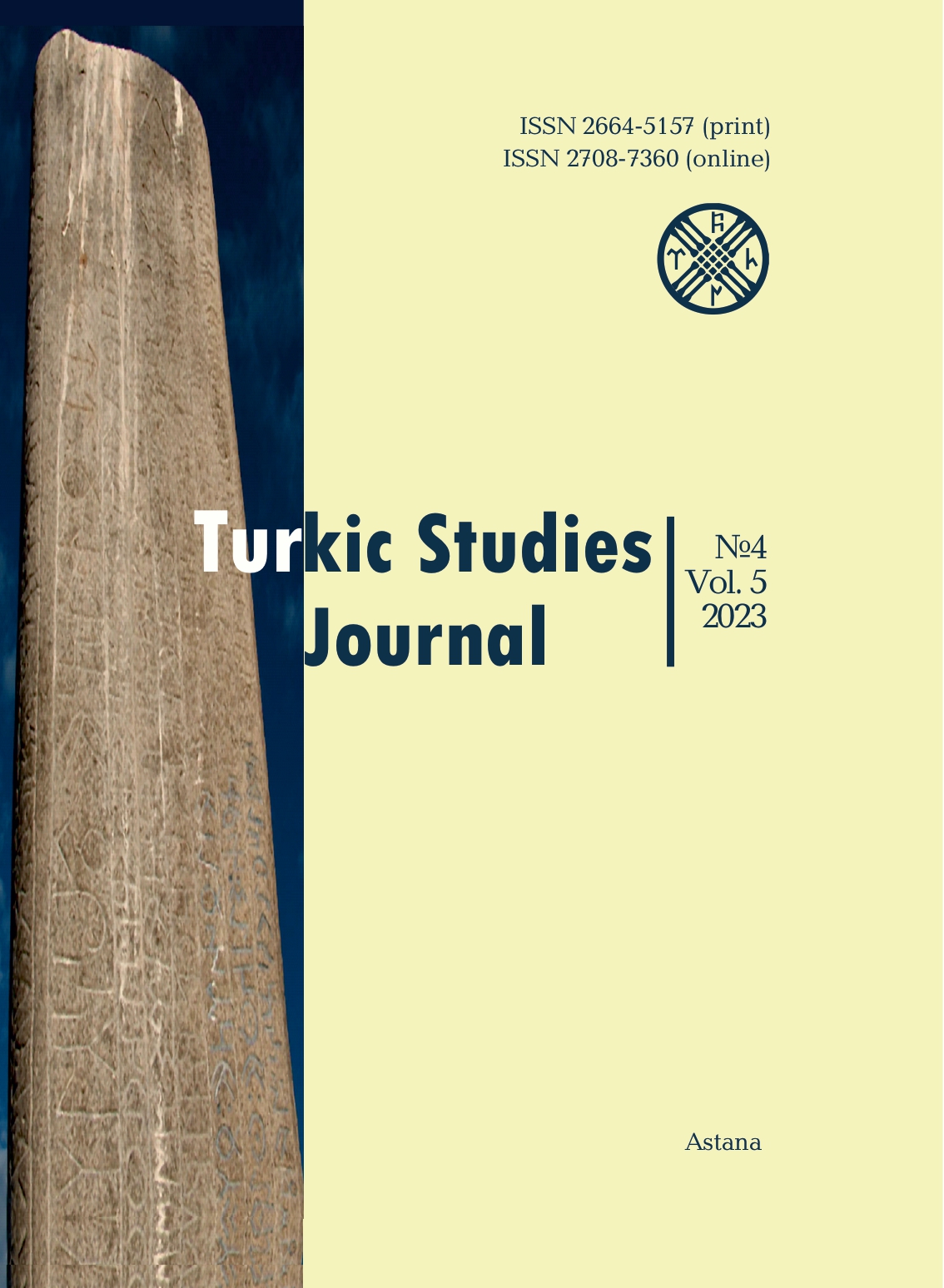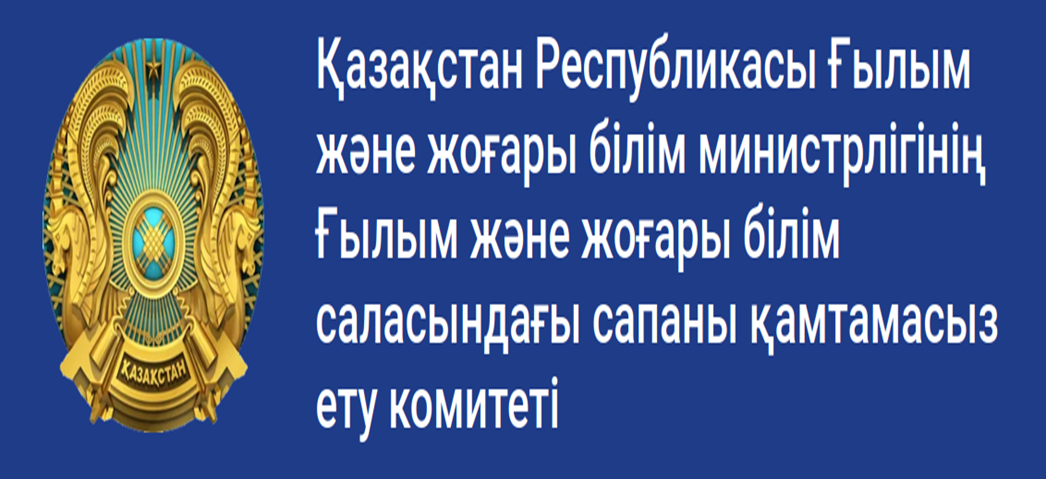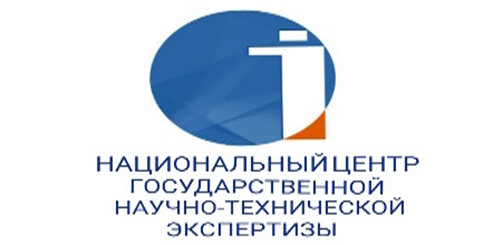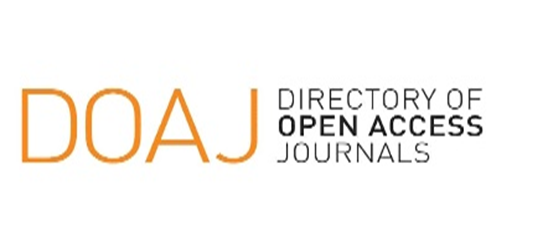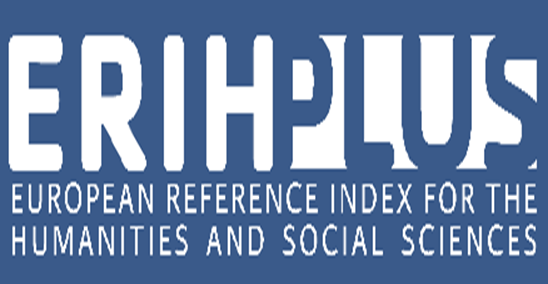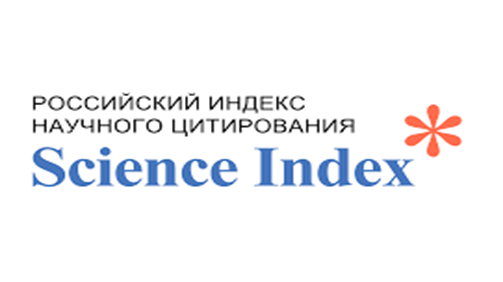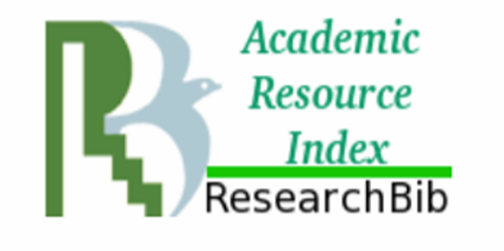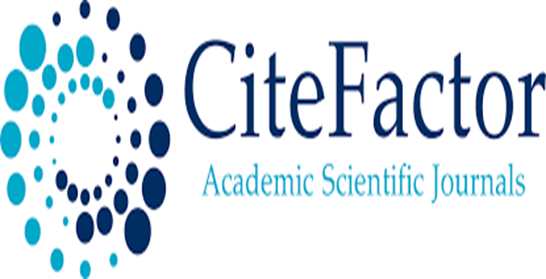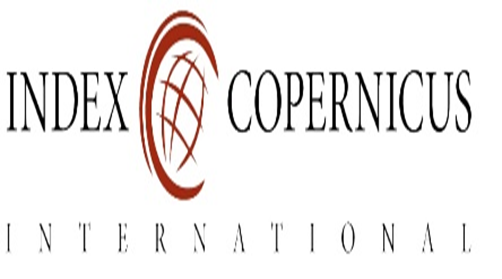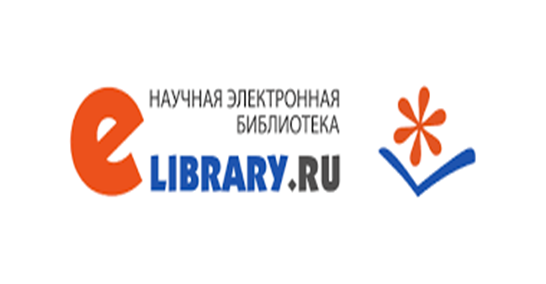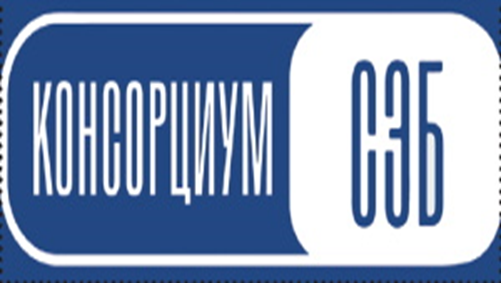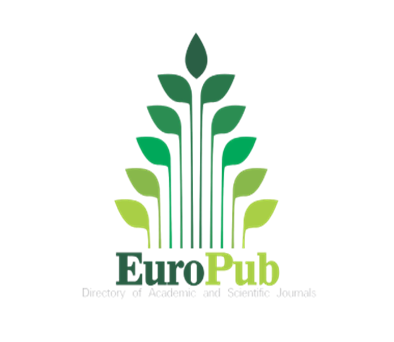Армян-қыпшақ жазба ескерткіштерінің Түркияда зерттелуі
Қаралымдар: 182 / PDF жүктеулері: 217
DOI:
https://doi.org/10.32523/2664-5157-2023-4-115-129Кілт сөздер:
армян-қыпшақ ескерткіштері, армян-қыпшақ тілі, қыпшақ тілі, қыпшақтар, мақал-мәтелдер, стилі мен жанры, ауызекі сөйлеу тілі, жазба тіл, түрік ғалымдары.Аннотация
Мақалада бұрын-соңды қарастырылмаған мәселе көтеріледі. ХVI-XVII ғасырларда
армян әліпбиімен жазылған қыпшақ тіліндегі жазба ескерткіштердің Түркиядағы ғалымдардың
тарапынан зерттелуі жайлы айтылады. Бұл кезеңде армяндар мен қыпшақтар тарихи оқиғаларға
байланысты бір елді мекенде өмір сүрген. Әсіресе, қыпшақтар мен армяндардың арасында саудасаттық жұмыстары белсенді жүргізілген, кейінірек туыстық қарым-қатынастар орнаған. Соның
нәтижесінде, армян-қыпшақ тілі пайда болып, армян-қыпшақ жазба ескерткіштері дүниеге
келген. Ғалымдардың айтуынша, Украина аумағында өмір сүрген армяндар ХVI-XVII ғасырларда
өздерінің туған тілі – армян тілін ұмытып, күнделікті өмірде ауызекі сөйлеу тілі ретінде қыпшақ
тілін қолданған, қыпшақ тілінде дұға жасаған. Тіптен, кейбір дереккөздер көрсеткендей, армян
тілінде тек шіркеу қызметкерлері ғана сөйлеген.
Түрік және армян ғалымы К. Памукчия армян-қыпшақ жазба ескерткіштерін зерттеумен
айналысқан ғалым Я. Дашкевичтің жіктемесін негізге ала отырып, армян-қыпшақ тілінің даму
кезеңін үшке бөліп қарастырады. Олар: біріншісі – армяндардың қыпшақ тілін ауызекі сөйлеу
тілі ретінде меңгеруі және жазба тілге дейінгі кезеңі (XIII ғасырдың соңы мен XV ғасырдың
арасы). Екіншісі – армян-қыпшақ жазба тілінің қалыптасуы және армян-қыпшақ жазба тілінің
гүлдену кезеңі (XVI ғасырдың басы мен XVII ғасырдың бірінші жартысы, яғни 1524-1699 жж).
Үшіншісі – армян-қыпшақ тілінің құлдырауы және жойылуы кезеңі (XVIII ғасырдың екінші
жартысы) деп атап көрсетеді.
Әдебиет
Гаркавец А.Н., 1980. Армяно-кыпчакские письменные памятники XVI-XVII вв. // Средневековый Восток: источниковедение и историография. Москва. C. 81-90.
Гаркавец А.Н., 2002. Кыпчакское письменное наследие. Том І. Каталог и тексты памятников армянским письмом. Алматы: Дешт и Кыпчак. 1084 с.
Құдасов С.Ж., 2016. ХVI-XVII ғғ. армян-қыпшақ тіліндегі сот жазбалары // Түркология журналы. №5. Түркістан. Б. 21-28.
Манкеева Ж.А., 2021. Қазақ тілінің түркілік сабақтастығы. Turkic Studies Journal № 3, 3. Б. 47-51.
Akbulut E., 2017. Töre Bitigi (inceleme, metin). Fırat Üniversitesi. Sosyal Bilimler Enstitsü. Elazığs. 149 s.
Akman F., 2021. «Ermeni kıpçakçasından karay türükçesine yansımalar: yeterlilik kategorisi» . Türklük Bilimi Araştırmaları. S. 11-18.
Altınkaynak E., 2011. Ermeni Alfabesi ile Yazılı Gregoryen Atasözleri Kitabı. Karadeniz Uluslararası Bilimsel Dergi. №10. S. 149-156.
Kasapoğlu Ç., 2012. «Ermeni Kıpçak Türkçesi». Dil Araştırmaları. Bahar. №10. S. 29-30.
Kasapoğlu H., 2009. «Ermeni harfli kıpçakça söz varlığı üzerine notlar». International Journal of the Central Asian Studies. №13. S. 165-181.
Kutalmış M., 2004. On The Armeno Kolchak. Karadeniz Araştırmaları. №2. S. 35-40.
Özkan İ.E., 2021. Ermeni-Kıpçak Kültür Etkileşimi ve Bununla Birlikte Oluşan Ermeni Harfli Kıpçak Türkçesi. Karadeniz Uluslararası Bilimsel Dergi. №1 (51). S. 116-132.
Özgür C., 2019. Kıpçak türükçesi söz varlığında sinonim kelimeler. Türkoloji. №96. S. 29-34.
Pamukçiyan K., 2002. Ermeni Harfli Türkçe Metinler. İstanbul: Aras Yayıncılık. 256 s.
Salan M., 2017. Atamızın duası’nın ermeni kıpçakçası bir versionu. Avrasya Uluslararası Araştırmalar Dergisi. №12. S. 83-90.
Çengel H. K., 2012. Ermeni Harfli Kıpçak Türkçesi. Dil Araştırmaları. №10. S. 17-81.
Chirli N., 2005. Bir Ermeni Kıpçakçası Metni: Alġış Bitigi (Durum Ekleri İncelemesi, Metin, Dizin). Türklük Araştırmaları Dergisi. S. 313-317.

